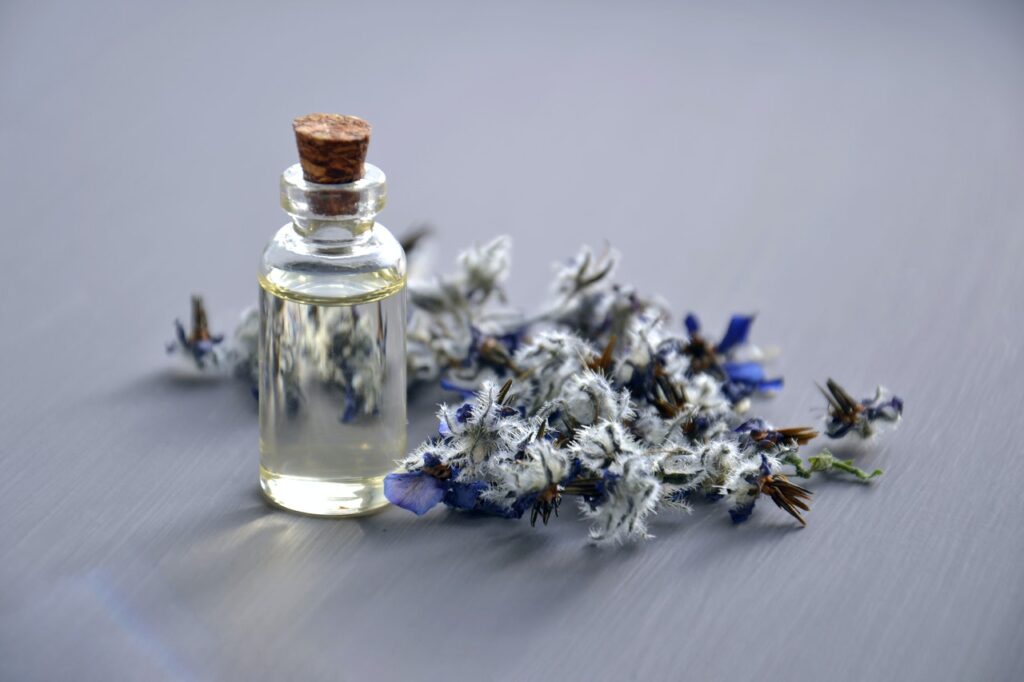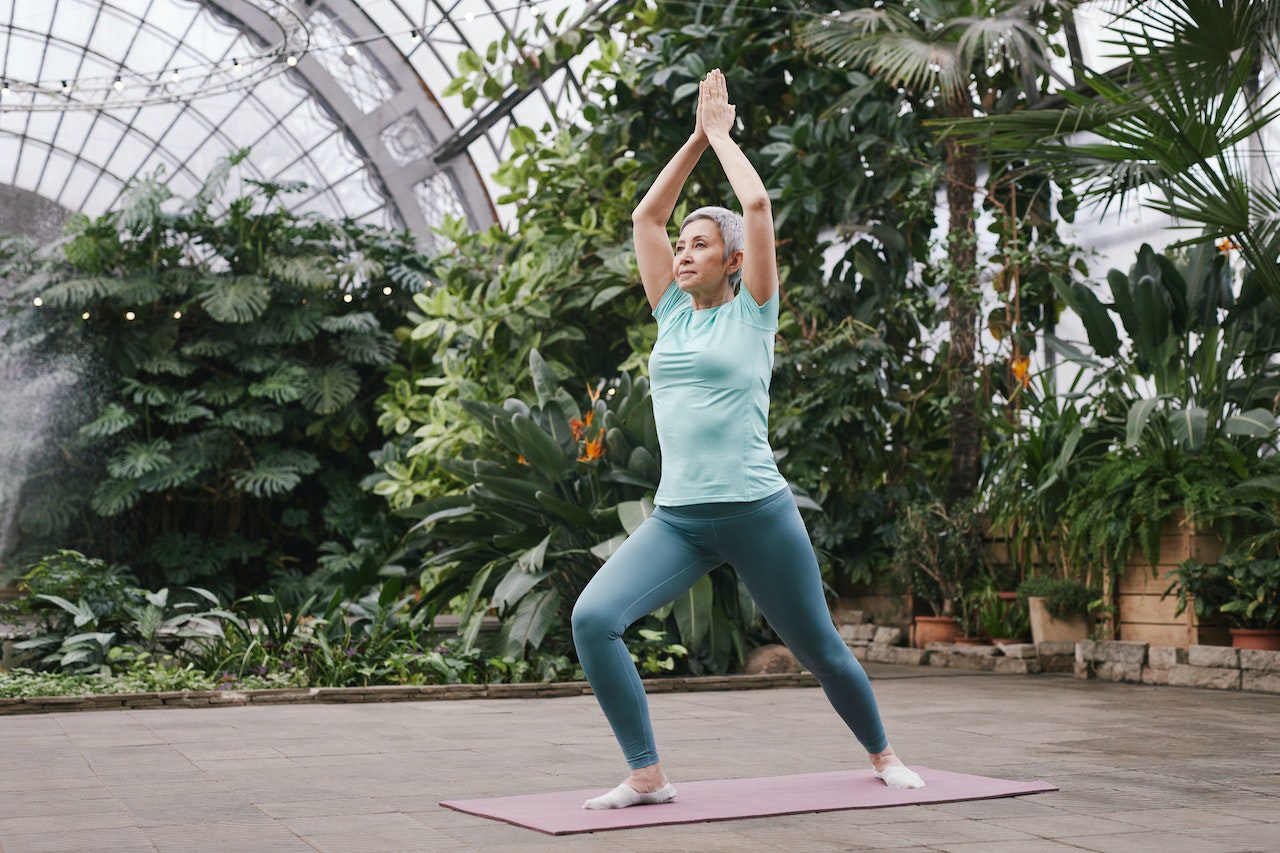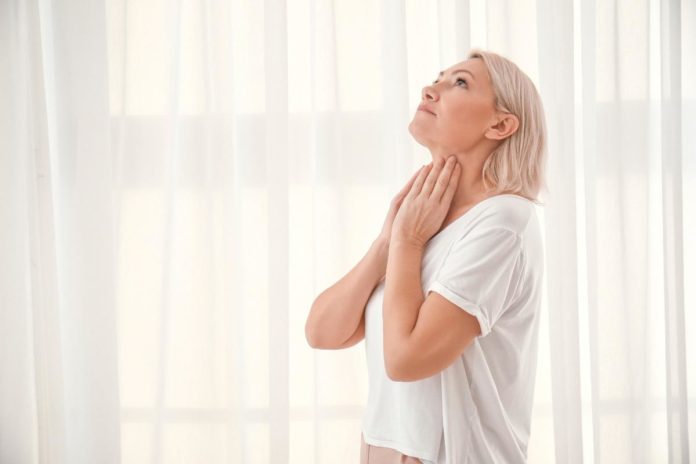What Is Seasonal Affective Disorder (SAD)?
Seasonal Affective Disorder (SAD) is a type of depression related to seasonal changes, typically occurring during the fall and winter when there is less natural light. People with SAD may experience the following symptoms:
- feeling depressed or hopeless
- weariness
- propensity to sleep too much
- alteration in appetite, causing weight gain
- loss of energy
- impatience
- heightened sensitivity
- difficulties concentrating
- suicidal thoughts
The exact cause of SAD still needs to be fully understood. Still, it is thought to be related to disrupting the circadian rhythm, our internal biological clock that helps regulate our sleep-wake cycle. In people with SAD, the reduced levels of natural light during the fall and winter months may disrupt the circadian rhythm, leading to an imbalance of certain neurotransmitters, such as serotonin and melatonin, that regulate mood and sleep.
Between 3 and 6 million Americans suffer from SAD. The frequency and severity rise the farther you are from the equator, which is four times more common in women than in males.
SAD is a treatable condition, and several effective treatments are available, including light therapy, medication, psychotherapy, and lifestyle changes. Light therapy involves exposing yourself to bright light, usually from a special light box, for a set amount of time each day. This can help reset the circadian rhythm and improve mood. Antidepressant medication can also be effective in treating SAD, as can psychotherapy, which can help people with SAD manage their symptoms and improve their overall well-being.
Lifestyle changes, such as regular exercise, stress management techniques, red light therapy sessions, and maintaining a healthy diet, can also help to improve symptoms of SAD.
How Red Light Therapy Helps With Seasonal Affective Disorder
Red light therapy has been researched and evaluated across hundreds of peer-reviewed studies, with overwhelmingly positive results for reducing stress and a wide range of additional advantages, such as skin health, physical performance and muscle repair, sleep, pain alleviation, and inflammation. And this is without the use of toxic side-effects-producing substances like medications, chemicals, UV rays, or intrusive surgeries.
Researchers have concluded that it has nearly no adverse effects and is non-invasive. Low-level laser treatment (LLLT) is used for skin repair, healing, and stimulation.
After this revolutionary investigation into near-infrared light therapy for persons with signs of severe depression, infrared therapy also shows promise for alleviating depression, Seasonally Adjusted Depression (SAD), and mental health treatments.
SAD is a type of depression related to seasonal changes, typically occurring during the fall and winter months when there is less natural light. Light therapy regulates the circadian rhythm, our internal biological clock that helps regulate our sleep-wake cycle.

Red light therapy, also known as low-level light therapy or photobiomodulation, is a treatment that uses red and near-infrared light to improve skin health, increase energy and reduce inflammation. Some studies have suggested that red light therapy may also effectively treat symptoms of Seasonal Affective Disorder (SAD).
The theory behind red light therapy is that red and near-infrared light can penetrate the skin and stimulate the production of ATP (adenosine triphosphate), the body’s primary energy source. This increase in energy production can help improve mood, increase energy levels, and reduce symptoms of depression, including SAD.
Red light therapy has been shown to increase the production of serotonin and melatonin, two neurotransmitters that regulate mood and sleep. Red light therapy can also increase the release of endorphins, natural mood boosters, which can help improve overall well-being.
Red light therapy is delivered using specialized light panels or lamps. During treatment, the person sits or stands in front of the light panel for a set amount of time, usually between 10 and 20 minutes. The red and near-infrared light emitted by the panel penetrates the skin and improves energy production, which can help improve mood and reduce symptoms of SAD.
It’s important to note that red light therapy is not a cure for SAD and may not be effective for everyone. However, for some people, red light therapy can be a safe and effective complement to other treatments, such as light therapy, medication, and psychotherapy. As with any treatment, it’s best to discuss red light therapy with a healthcare professional to determine if it’s right for you and to receive proper guidance and support.
How Physical Exercise Helps With Seasonal Affective Disorder (SAD)

Physical exercise is effective in treating symptoms of Seasonal Affective Disorder (SAD). Exercise has several benefits for mental health, including reducing symptoms of depression, anxiety, and stress and improving mood.
When you exercise, your body releases endorphins, natural mood boosters, which can help improve overall well-being. Exercise can also improve the production of neurotransmitters, such as serotonin and norepinephrine, which are associated with positive mood. It can also help regulate the circadian rhythm, improving sleep and reducing fatigue.
Physical exercise can also help distract from negative thoughts and feelings, which can be especially helpful for people with SAD. Engaging in physical activity can boost self-esteem and help people feel more in control of their lives, improving mood and reducing stress and anxiety.
In addition, physical activity can help regulate sleep, which is often disrupted in people with SAD. By establishing a regular exercise routine, people with SAD can improve the quality of their sleep and help regulate the circadian rhythm.
It’s important to note that exercise can be challenging for people with SAD, as the symptoms of fatigue, low energy, and loss of motivation can make it challenging to engage in physical activity. However, even a tiny amount of physical activity can help improve mood and reduce stress, so it’s essential to find an exercise routine that works for you and to start small, gradually increasing the intensity and duration of your exercise as you feel able.
It’s always best to discuss any treatment options, including exercise, with a healthcare professional to determine the best course of treatment for you and to ensure that you receive proper guidance and support.
Best Exercises For Seasonal Affective Disorder (SAD)
There is no one-size-fits-all answer to what types of exercise are best for Seasonal Affective Disorder (SAD), as what works best for one person may not work for another. However, here are a few types of exercise that can be helpful for people with SAD:
- Aerobic exercise: Aerobic exercises, such as running, cycling, and swimming, can help improve mood and reduce stress by increasing the release of endorphins, natural mood boosters. Aerobic exercise can also help regulate the circadian rhythm, improving sleep and reducing fatigue.
- Outdoor exercise: Spending time outdoors, especially in natural light, can help reduce symptoms of SAD. Walking, walking, and gardening can help improve mood and increase exposure to natural light.
- Yoga and mindfulness: Yoga and mindfulness practices can help reduce stress and improve mood by promoting relaxation, calming the mind, and reducing negative thoughts.
- Group fitness classes: Joining a group fitness class can help increase social support, which can be especially important for people with SAD. Group fitness classes can also provide a sense of community and increase motivation to exercise.
- Resistance training: Resistance training, such as weightlifting and strength training, can help improve mood and reduce stress by increasing the release of endorphins and improving self-esteem.
It’s crucial to find an exercise routine that you enjoy and can stick to, as consistency is key to the effectiveness of exercise for treating SAD. It’s also important to talk to your healthcare provider before starting any new exercise program, especially if you have any pre-existing health conditions.
FAQ
What activities are beneficial for seasonal affective disorder?
Outdoor light is beneficial, even on chilly or foggy days, especially if you spend some time outside within two hours of waking up. Regular exercise Stress and anxiety can worsen the symptoms of SAD; therefore, exercise and other physical activities can assist.
What physical effects does seasonal affective disorder have on you?
Winter’s shorter days cause your body to produce less serotonin, a neurotransmitter that plays a role in mood regulation. Sleep, appetite, memory, and sexual drive are all negatively impacted by a shortfall, which can also cause sadness.
Bottom Line
SAD is a condition that can be treated, and there are many efficient remedies available, including light therapy, medicine, psychotherapy, and lifestyle modifications. Speak with your healthcare practitioner if you notice that your SAD symptoms don’t go away or are interfering with your life, career, or relationships. Exercise and additional treatment alternatives are available and can assist you in overcoming the wintertime blues.


